Which of the following graphs represent the variation of current(I) with frequency (f) in an AC circuit containing a pure capacitor?


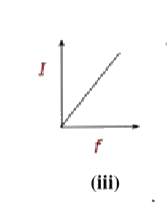

To determine the variation of current (I) with frequency (f) in an AC circuit containing a pure capacitor, we can follow these steps:
Step 1: Understand the relationship between current, voltage, and impedance in a capacitive circuit.
In an AC circuit with a capacitor, the current (I) can be expressed as:
I=VZ
where V is the voltage across the capacitor and Z is the impedance.
Step 2: Determine the impedance (Z) for a pure capacitor.
The impedance for a pure capacitive circuit is given by:
Z=1ωC
where ω=2πf (angular frequency) and C is the capacitance.
Step 3: Substitute the expression for impedance into the current equation.
Substituting Z into the current equation gives:
I=V1ωC=V⋅ωC
Substituting ω=2πf into the equation:
I=V⋅(2πf)C
Step 4: Simplify the equation.
Rearranging the equation, we have:
I=(2πVC)f
Let k=2πVC, which is a constant for a given circuit. Thus, we can express the current as:
I=kf
Step 5: Analyze the equation.
The equation I=kf indicates that the current (I) is directly proportional to the frequency (f). This means that as the frequency increases, the current also increases linearly.
Step 6: Determine the graph representation.
Since the relationship is linear and passes through the origin (when f=0, I=0), the graph of current (I) versus frequency (f) will be a straight line starting from the origin.
Conclusion:
The correct graph that represents the variation of current (I) with frequency (f) in an AC circuit containing a pure capacitor is a straight line passing through the origin.
In an AC circuit with a capacitor, the current (I) can be expressed as:
I=VZ
where V is the voltage across the capacitor and Z is the impedance.
The impedance for a pure capacitive circuit is given by:
Z=1ωC
where ω=2πf (angular frequency) and C is the capacitance.
Substituting Z into the current equation gives:
I=V1ωC=V⋅ωC
Substituting ω=2πf into the equation:
I=V⋅(2πf)C
Rearranging the equation, we have:
I=(2πVC)f
Let k=2πVC, which is a constant for a given circuit. Thus, we can express the current as:
I=kf
The equation I=kf indicates that the current (I) is directly proportional to the frequency (f). This means that as the frequency increases, the current also increases linearly.
Since the relationship is linear and passes through the origin (when f=0, I=0), the graph of current (I) versus frequency (f) will be a straight line starting from the origin.
The correct graph that represents the variation of current (I) with frequency (f) in an AC circuit containing a pure capacitor is a straight line passing through the origin.
Topper's Solved these Questions
- SAMPLE PAPER 2022BOOK - CBSE MODEL PAPERCHAPTER - SAMPLE PAPER 2022EXERCISE - SECTION B
24 Videos
- SAMPLE PAPER 2022BOOK - CBSE MODEL PAPERCHAPTER - SAMPLE PAPER 2022EXERCISE - SECTION C
6 Videos
- Additional Practice QuestionsBOOK - CBSE MODEL PAPERCHAPTER - Additional Practice QuestionsEXERCISE - Question
1 Videos
- SAMPLE PAPER 2022 TERM IIBOOK - CBSE MODEL PAPERCHAPTER - SAMPLE PAPER 2022 TERM IIEXERCISE - SECTION B
16 Videos
Similar Questions
Knowledge Check
Which of the following graphs represent the variation of current(I) with frequency (f) in an AC circuit containing a pure capacitor?
A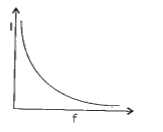 B
B C
C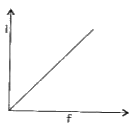 D
D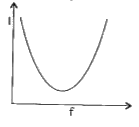
Which of the following curves represents the variation of impedance (Z) with frequency f in series LCR circuit?
A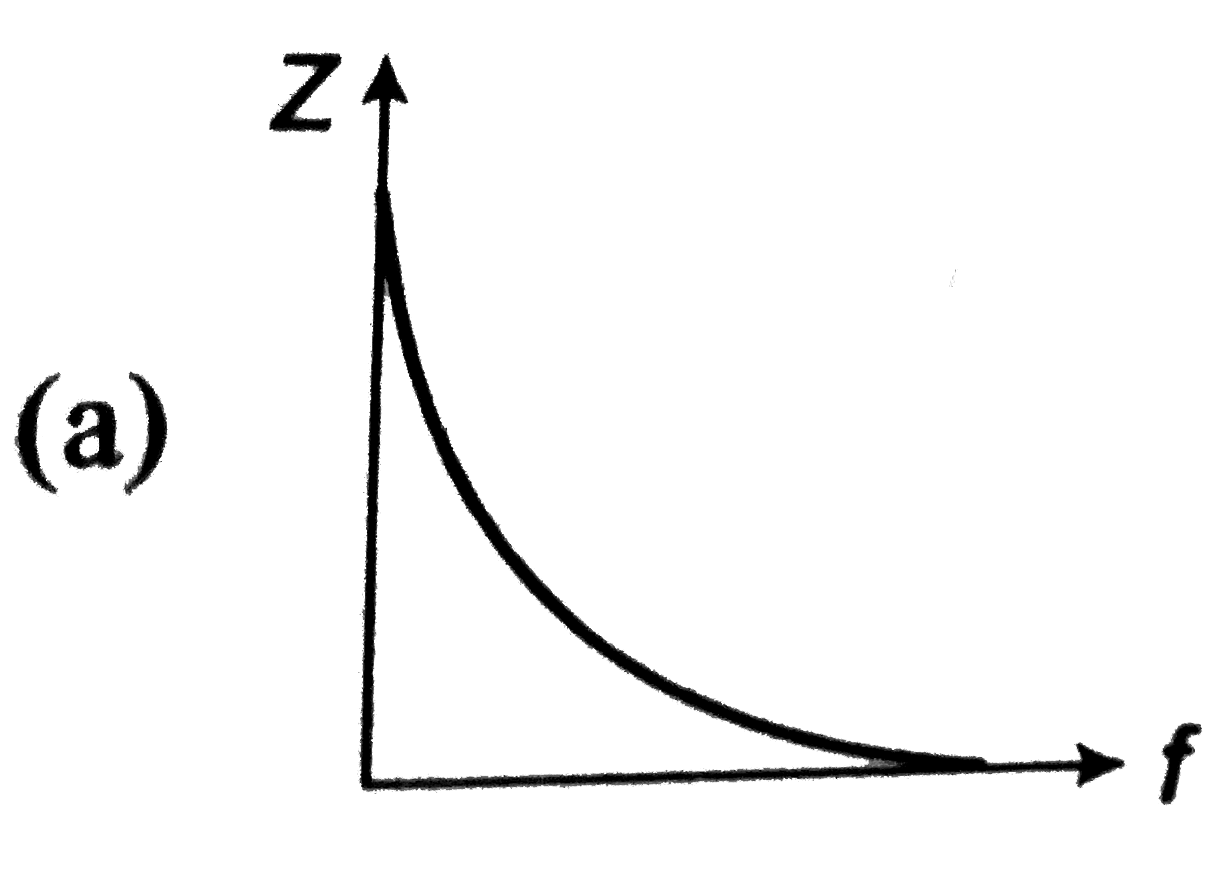 B
B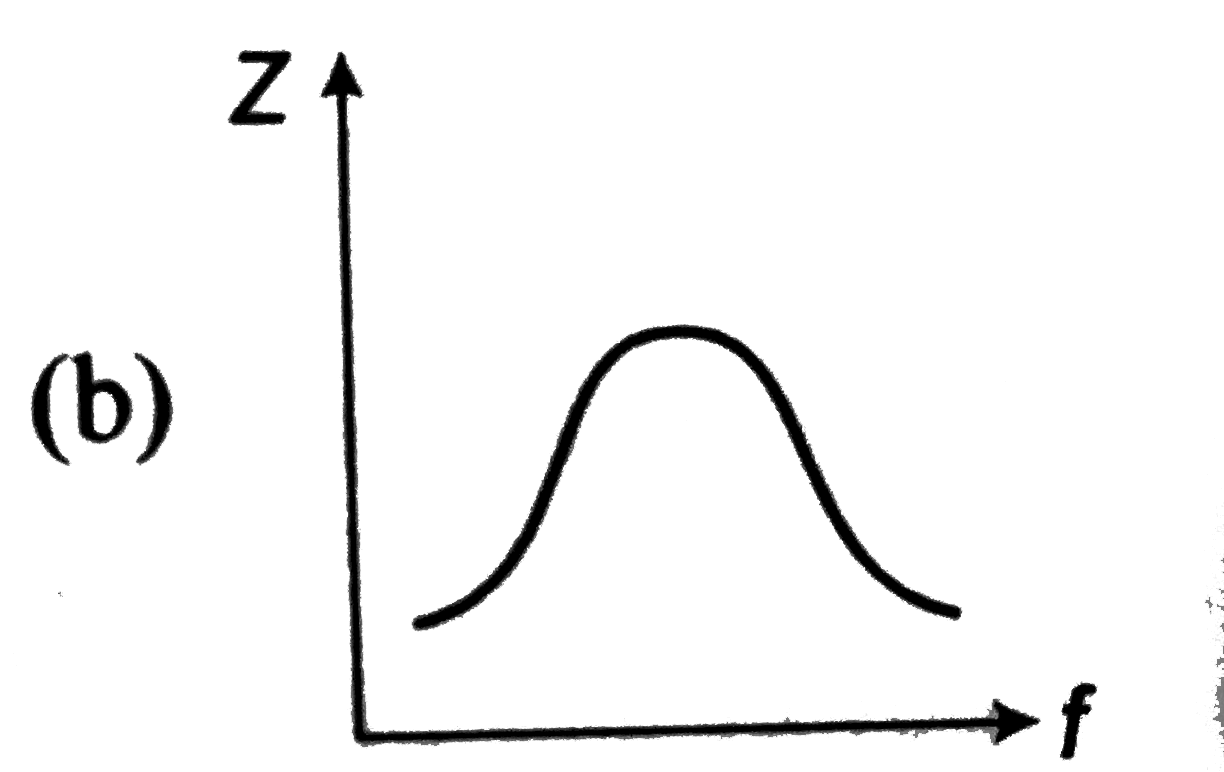 C
C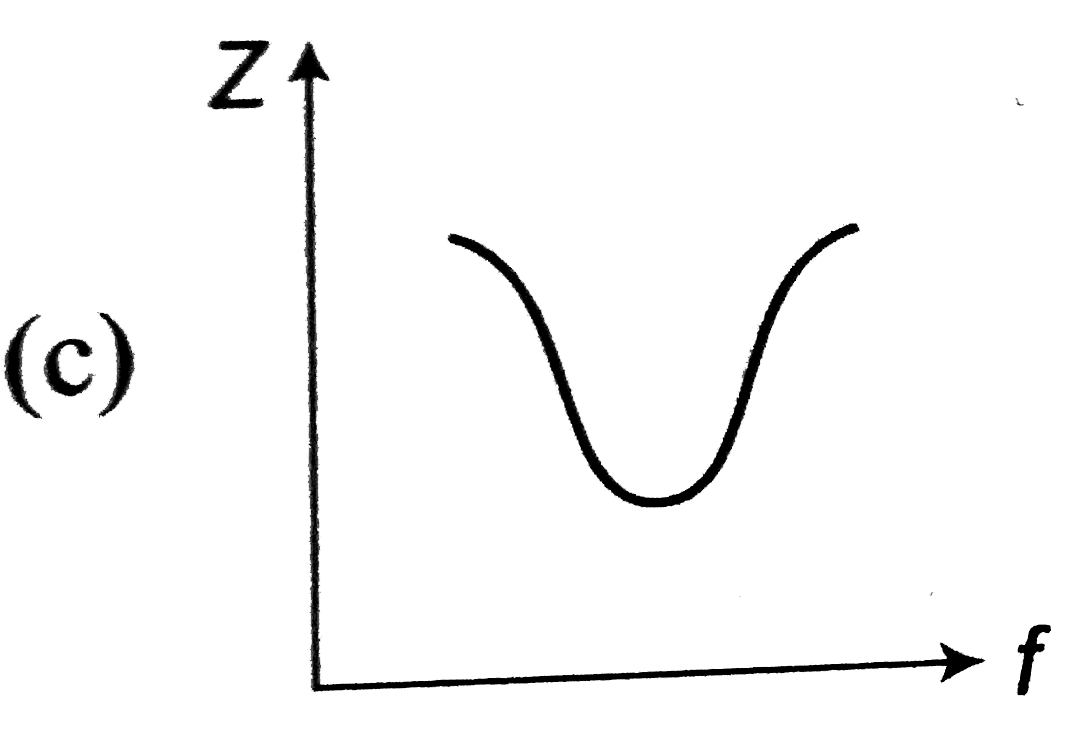 D
D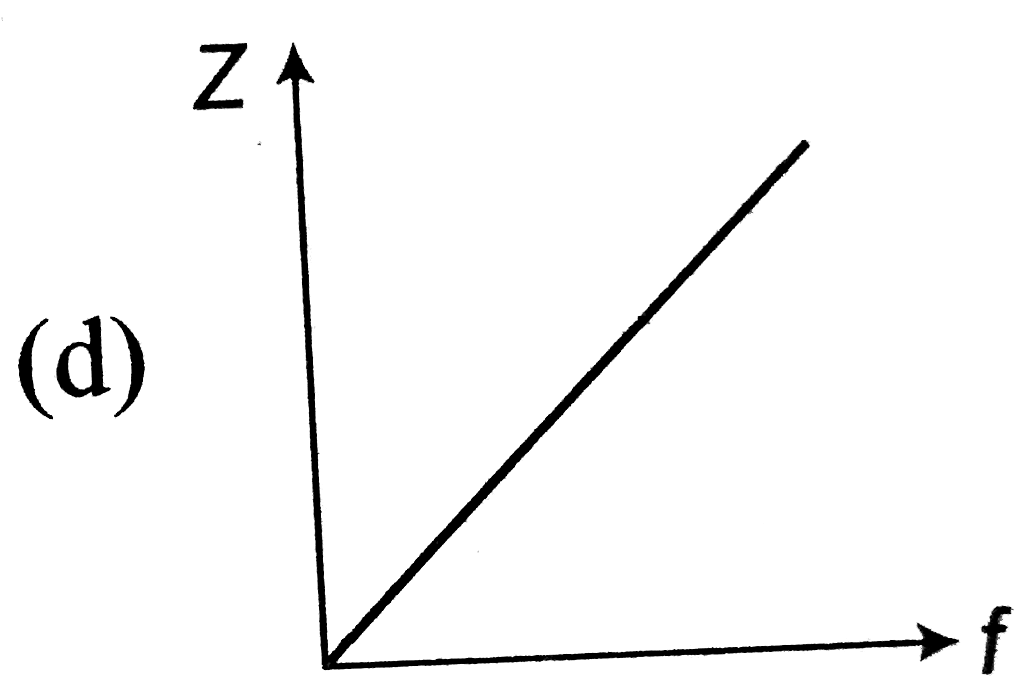
which of the following graph represents the variation of resistivity (ρ) with temperature (T) for copper?
A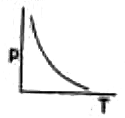 B
B C
C D
D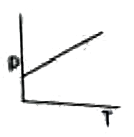
Which of the following graphs represent the correct variation of inductive reactance XL with frequency υ?
View SolutionWhich of the following graphs best represents the variation of acceleration 'a' with displacement x?
View SolutionWhich of the followings represent the variation of frequency (f) with radius of cross section of a stretched string?
View SolutionWhich of the following graphs represents the variation of activity (A) of a radioactive substance with time (t).
View SolutionA body moves from rest with a constant ac- celeration. Which of the following graphs represents the variation of its kinetic energy (E) with distance travelled (x)?
View Solution
